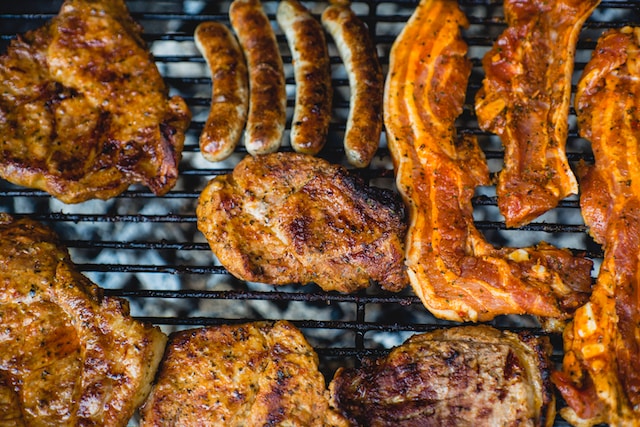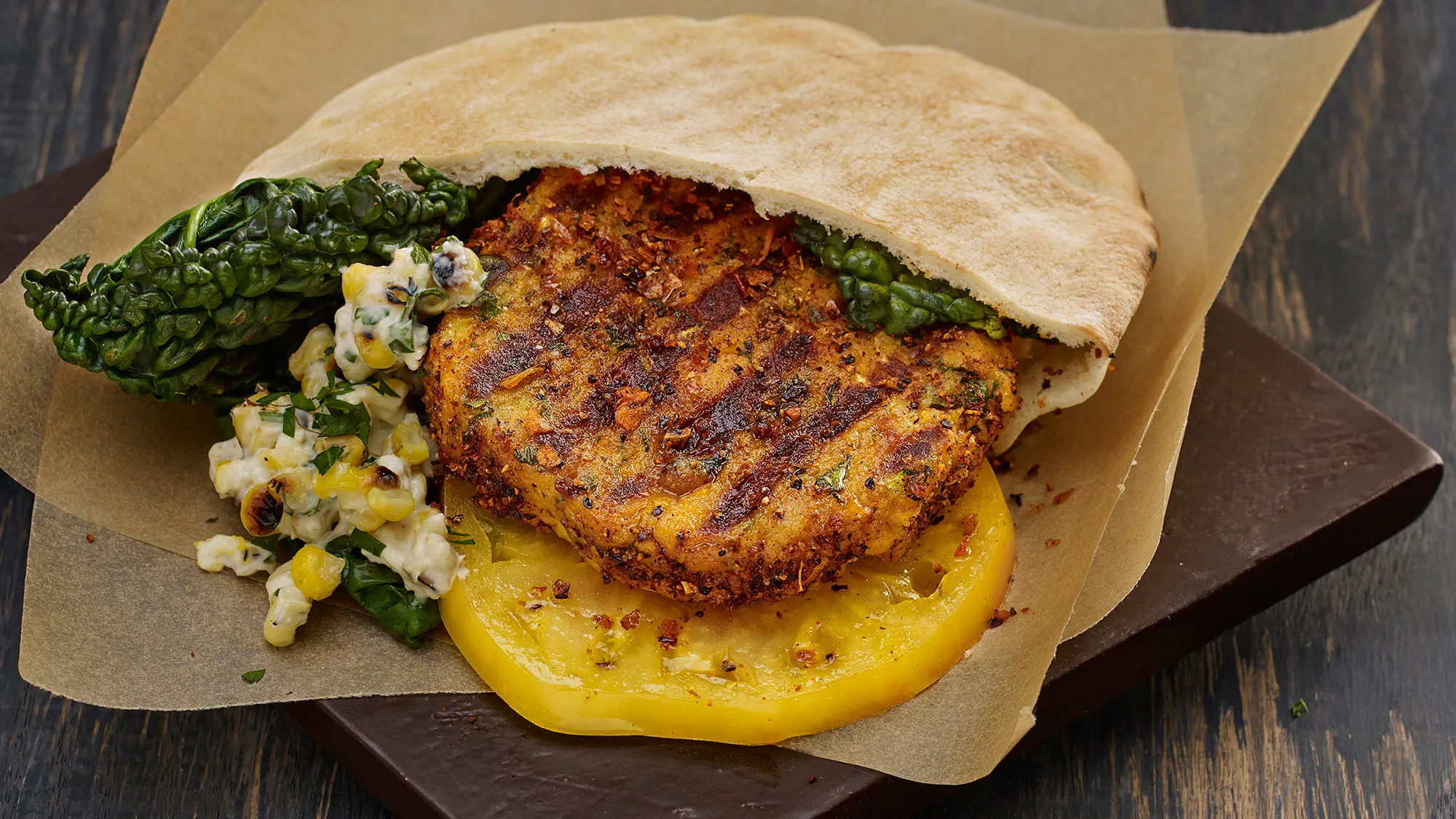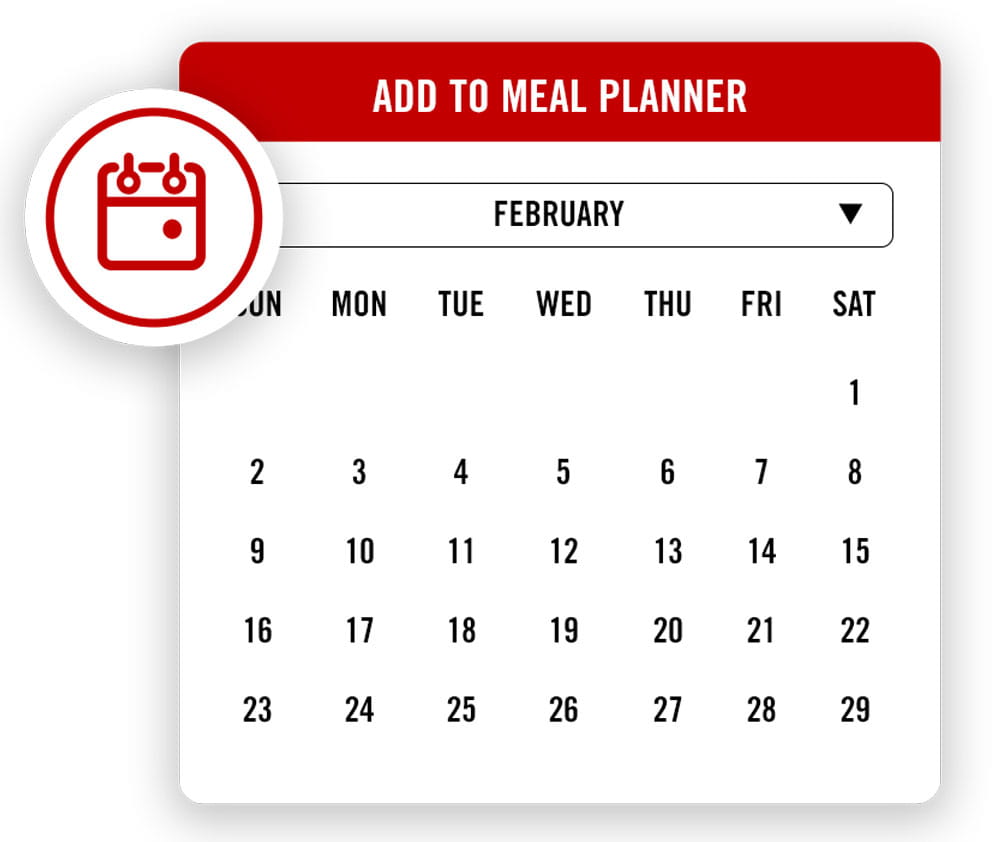Americans are big on pig, but they’re not alone. According to the Food and Agriculture Organization of the United Nations, pork is the top protein worldwide, narrowly edging out poultry. And when you think about it, it makes a lot of sense. Pigs give us so many delicious options: pork tenderloins for roasting, bacon for frying, and pork chops, the star of many a weeknight dinner. Pork chops are affordable, easy to cook, and crowd-pleasing. Read on to learn how to shop for pork chops and cook up tender, juicy meat in your kitchen.
How to shop for pork chops
For the highest-quality pork, look for a local butcher or check out your local farmers market. If you don’t see a pork vendor at the market, ask around. If you don’t see a pork vendor at the market, Dave Beran, chef and owner of Pajoli in Santa Monica, suggests asking your favorite farmers at the market if they might have some intel. Even if they don’t raise pigs, they might be able to point you in the right direction.
Pork chops come from the loin, which is the part of the animal that runs from the shoulder to the hip. At the store you’ll see a variety of pork chop options, some bone-in and some boneless. Pork chop naming isn’t consistent, so if you’re confused, just ask your butcher for help.
Starting at the shoulder is the blade chop (aka blade steak or shoulder chop). The nicely marbled, flavorful cut is favorite among chefs, including Max Robbins, executive chef of Oakville Grill & Cellar in Chicago. “It's a quick grill and it's super-tender,” he says. “It's springy and really flavorful and has a nice fat cap.”
Rib chops are cut from the rib section of the loin, sold boneless or with a bone running along one side. They contain a large piece of loin meat. Center-cut chops are the porterhouse steak of pigs, with a bone that’s between the loin and tenderloin. Loin chops, which are sold bone-in and boneless, are from the upper loin.
When it comes to pork chop thickness, you’re generally looking for meat that’s at least 3/4 inch thick. Super-thin chops will cook very quickly, so keep that in mind if you buy them. Beran recommends buying a double chop, cooking it whole, then slicing it before serving. “If you’re cooking a bigger piece of meat, you can always get more caramelization,” he says. “You can always work it longer and you can get more flavor into it because there's less of the concern of overcooking it.”
How to prep pork chops
Pork chops are generally quite lean, which makes them good candidates for brining. Robbins likes to keep his brine simple. “If you are putting a flavoring into the brine, you're masking or changing the flavor of the protein,” he says. “And the goal would be to really taste the pork.”
Beran is more of a brine maximalist. At Pajoli, the pork is brined in a mix of water, salt, brown sugar, thyme, bay leaf, rosemary, chervil, parsley, black pepper, garlic, shallot, and lemon zest. And he has a cool cheffy trick for making sure your brine is the best it can be. Start by bringing the salt, sugar, and half the water to a boil. Pour the boiling liquid over the aromatics, let it sit for two minutes, then add the other half of the water in the form of ice. “Basically, you’re shocking the brine and keeping the fresh flavor of the aromatics,” he says. “Plus, you can use the brine right away because it’s cold.”
Brine the meat for about eight hours, if you can, and be sure to pat it dry before adding it to the skillet or putting it on the grill. If the meat is wet it will steam instead of sear.
How to tell if pork chops are done
You have a couple of options here, including using an instant-read thermometer to check the internal temperature. When it hits between 135°F and 140°F, transfer the meat to a plate and let it rest for a few minutes, where the carryover heat will bring the internal temperature to the 145°F the USDA recommends. At 145°F, the meat will be medium-rare and still a bit pink. Medium-rare pork is your juiciest option, but if you prefer your pork more cooked, just leave it on the heat a little bit longer. Medium is between 150°F and 155°F, medium-well is in the 155°F to 160°F range, and anything over 160°F is well-done.
For a more chef-like approach, use a cake tester. Beran likes using them because, unlike a probe thermometer, they make a very small hole in the meat and they’re very easy to “read.” Slide the tester horizontally into the chop and let it sit there for 20 seconds. Pull it out and press it to your bottom lip or your inner wrist. “If it's above body temperature and feels warm, it's Take it out and let it rest,” he says. “Worst-case scenario, if you have a bigger piece and you go to slice it and it's undercooked, you can always take a hot pan and just quickly sear slices. But you can't undo overcooked.”
How to cook pork chops on the stove
A pan-fried pork chop is peak Americana, but can also be the stuff of family legend (and not in a good way). But there are many ways to avoid dry, overcooked chops. You can protect the tender meat with a coating, whether that be Parmesan and panko, potato flakes (really!), or a classic chicken-fried steak batter. Fry them up, let them rest, and dig in.
Another great skillet method is butter-basting your chops. Both Beran and Robbins are fans of bathing pork in butter. Beran likes to pat-dry a brined chop with paper towels, sear it in a hot skillet while it’s cold, and let it rest for a few minutes while the pan cools down. After that, he melts butter with garlic, shallot, and thyme in the skillet until the butter foams, then adds the pork back in and bastes the meat over medium heat, cooking it until it’s medium-rare.
Robbins has a clever pork chop trick that helps cooks make sure everything is on the table at the same time. He starts the same way, patting brined pork chops dry, then searing them over high heat in a heavy pan (he likes cast-iron). He suggests about three minutes per side for a 3/4-inch chop. After searing the pork, transfer it to a plate, put a pat of butter on top of it and let it rest at room temperature for 30 minutes to an hour to let the juices redistribute in the meat.
While the meat rests, go ahead and make your sides. To finish the chops, put them back in the skillet over medium heat and baste them with butter for two to three minutes per side. Because you already rested the meat, once it’s out of the skillet it can go straight onto the plates. “It's going to be this beautiful, evenly pink cook all the way through,” says Robbins. “And it's going to be super, super juicy because you got all those juices flowing and let them settle in the meat.”
How to cook pork chops in the oven
A quick turn in a hot pan followed by a little time in the oven is another great way to cook pork chops. You build color and flavor in the skillet, then hand the cooking over to the oven, which gives you time to prep the rest of the meal.
In these Pork Chop au Poivre, the meat goes from skillet to oven, then while the pork is resting the sauce is built in the skillet. In these simple Pork Chops with Shallots, the chops are browned in a skillet, then transferred to a baking sheet. The fond, the browned bits in the bottom of the skillet, create the base for the pan sauce. So easy!
You can also flip the script and go for a reverse sear, where you cook the chops in a low oven and then finish them in a hot pan to get that browned, caramelized crust. About 30 minutes at 250°F will cook the chops to the perfect temperature for searing. The reverse searing method gives you more control, making it less likely that you’ll overcook the meat.
How to grill pork chops
A little time over the coals adds a nice char and a bit of smoky flavor to pork chops. And as we’ve learned from bacon, pork and smoke get along deliciously. Grilling pork chops is quick, taking about 20 minutes over medium-high heat, depending on the recipe and the thickness of the meat. You can brine the chops pre-grilling or simply brush them lightly with oil, season them, and throw them on the grates. A sweet and spicy rub is always a good idea, as is a sweet and savory glaze. In the mood for some spice? Try a jerk-inspired paste that brings the heat with a habanero chile.
How to cook pork chops in the air fryer
The air fryer makes quick work of pork chops, cooking them in less than 15 minutes. The only complication about cooking chops in the air fryer is that you’ll probably only be able to fit a couple in the air fryer basket at a time. If you’re cooking for a small group, that’s fine, but if you’re making more than two chops you’ll need to work in batches. You can add a layer of flavor with a thin glaze, like this maple-soy recipe, that you brush on before and during cooking to build a sticky, sweet-savory coating on the pork.
What sides and sauce to pair with pork
One of the wonderful things about pork is its versatility. It’s a wonderful canvas for so many flavors, which also means that it’s tasty with all sorts of sides and drinks. “In the summer you can pair it with peas, mint, and lemon and in the winter you can pair it with cream and apples or whatever you want,” says Robbins. “I also like sweet and sticky with pork. Anything that's tangy, or sticky, or spicy, or crunchy. There's such a wide range.”
Beran also likes to go bold with pork. “Pork likes pepper. Pork likes acid,” he says. “Because it's a rich meat, it needs stuff to cut through it. Pepper and acid work the same way where they cleanse your palate and they get up into your nose and sinuses. Mustard is the best of both worlds. It's peppery and vinegary.”
Sweet is also a common theme with pork, to balance out the savory. That’s why a simple pork chop with a spoonful of applesauce is a classic pairing. Try grilled chops with a blueberry compote or simple skillet chops with a cherry-miso mostarda or a fresh apple slaw.
This article was written by Nina Elder and Nina Caplan from Food & Wine and was legally licensed through the Industry Dive Content Marketplace. Please direct all licensing questions to legal@industrydive.com.







